
When the hit show True Detective returned on June 21, HBO viewers were served a series of eerie composite images of scorched landscapes, intertwined highways and dark figures. Within the first seconds of its opening credits, the show’s creator, Nic Pizzolatto, had set the scene for season two. It was going to be a dark and gritty and complex ride.
But for photographer David Maisel, this opening sequence offered a different set of feelings. After all, it was the result of a collaboration with the show’s producers and a production design studio in Los Angeles, which used 16 of Maisel’s photographs to create True Detective‘s credits.
“I was approached by a woman that helps HBO obtain rights to anything that they need on a number of their shows,” Maisel tells TIME. “She said that they were interested in essentially basing the title sequence on work from Black Maps.”
Black Maps, Maisel’s most recent photo book, is a collection of 25 years’ worth of aerial work. Unlike conventional natural photography, Black Maps relies on abstraction, resulting in surrealist visions of toxic lakes and maddening designs of man-altered landscapes. Some of Maisel’s most defining images were shot above Los Angeles, where the city’s many highways become “scorched black and white metaphors for the complete obliteration of a natural state,” as TIME wrote when the book first came out in 2013.
A perfect fit for a show like True Detective.
“When they contacted me, they mentioned that Richard Misrach’s images from Petrochemical America had been used last season,” says Maisel. “I watched that season and I thought that the opening sequence was so compelling and brilliantly set the tone for the show. That gave me a lot of confidence that they knew what they were doing, and I was quite interested to see what they would do with my work.”
When Maisel saw some of the first treatments, he was convinced. “I really felt that what they were capable of [creating] a kind of poetry that responded to my work, so I just gave them free range,” he says. “It was sort of a leap of faith for me, but I don’t want to control what people do.”
For Elastic, the production design studio behind the opening sequence, the goal was to bring Maisel’s work to life by combining the pictures with slow-motion elements from the show. “It’s really about trying to make it feel like you’re journeying through a photograph,” creative director Patrick Clair told Wired.
The result was gratifying, says Maisel. “What was interesting to see is that some of the images are used upside down, others have things bleeding through them. That was great, because I want my work to have a kind of metaphorical quality and Elastic was responding to that. They were using them in a kind of similar way. I thought it was really spellbinding. Here, my images were really being used as raw material for something else to be created.”
While Maisel knew what to expect when he sat down to watch the full sequence for the first time on June 21, at the same time as 3.2 million other viewers, he wasn’t prepared for the kicker. “Leonard Cohen singing along to my work, that’s just astounding,” he says.
David Maisel is a photographer living near San Francisco. He is represented by Institute.
Olivier Laurent is the editor of TIME LightBox. Follow him on Twitter and Instagram @olivierclaurent
Uncharted Territories: Black Maps by David Maisel

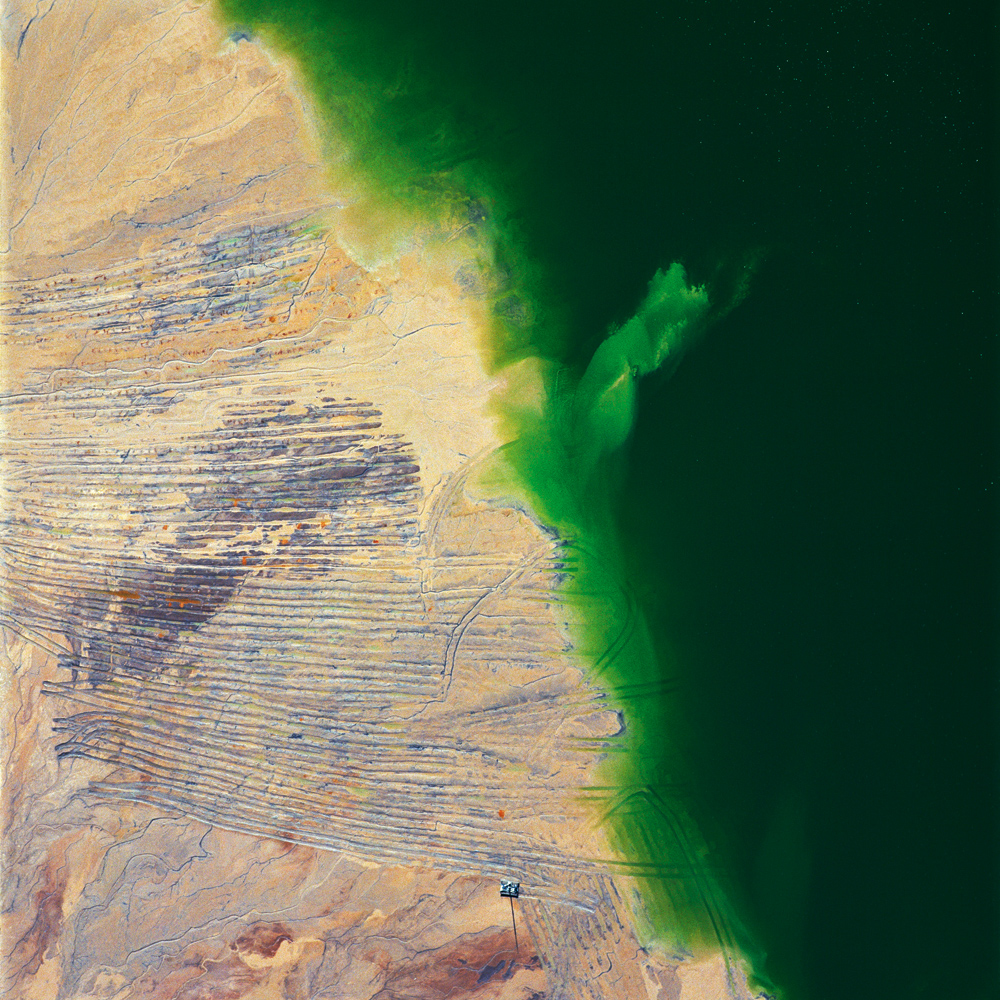
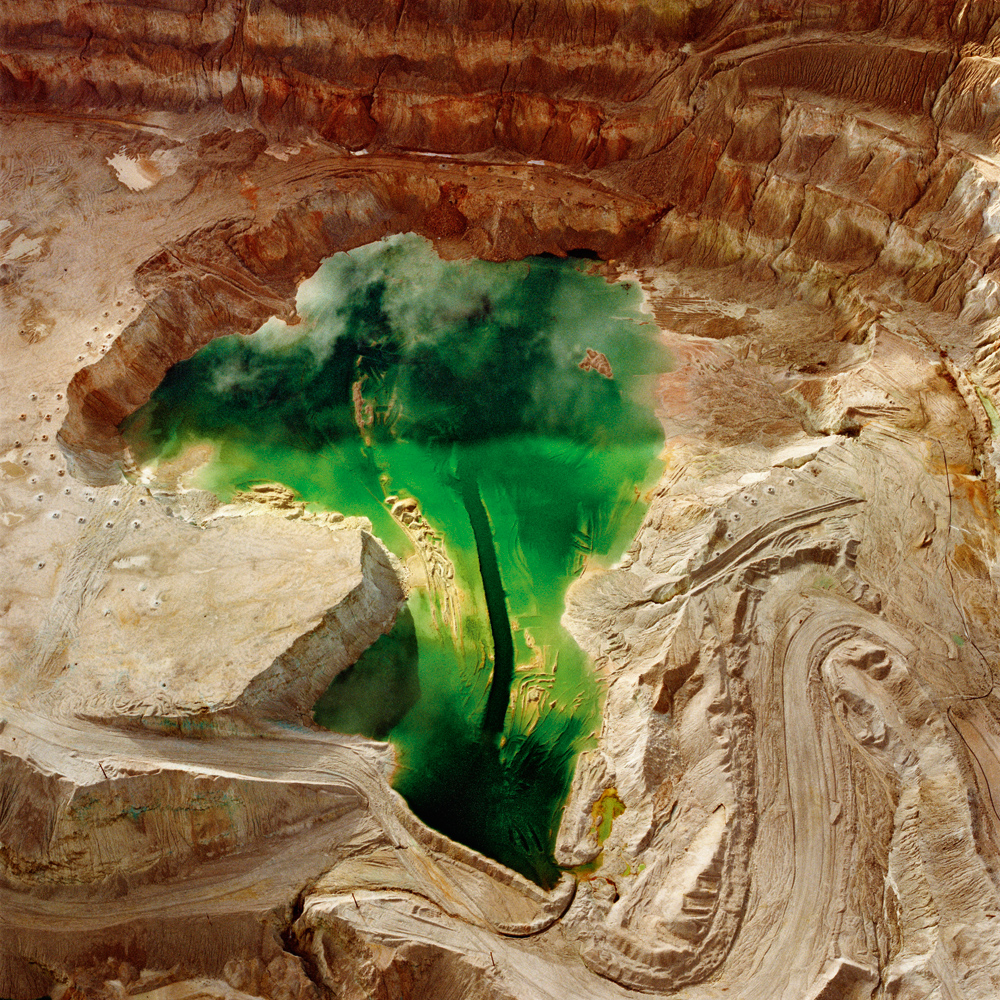

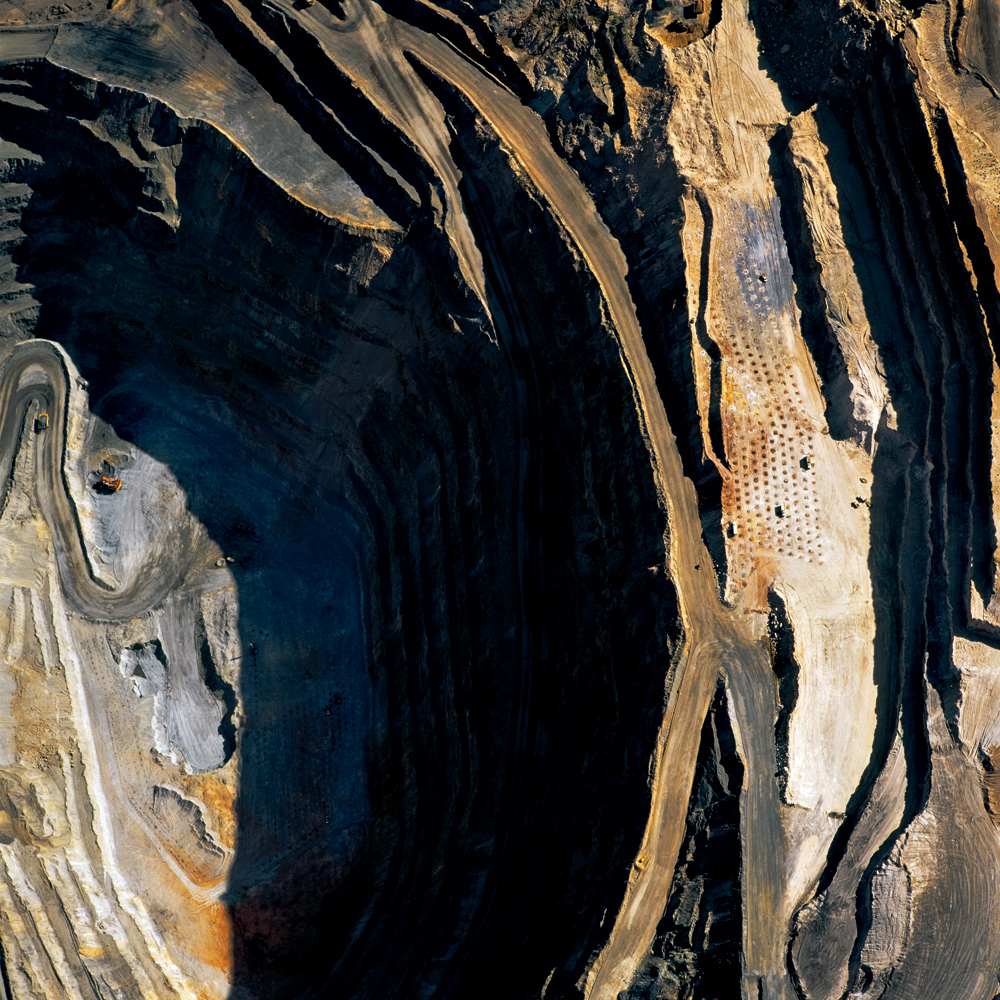

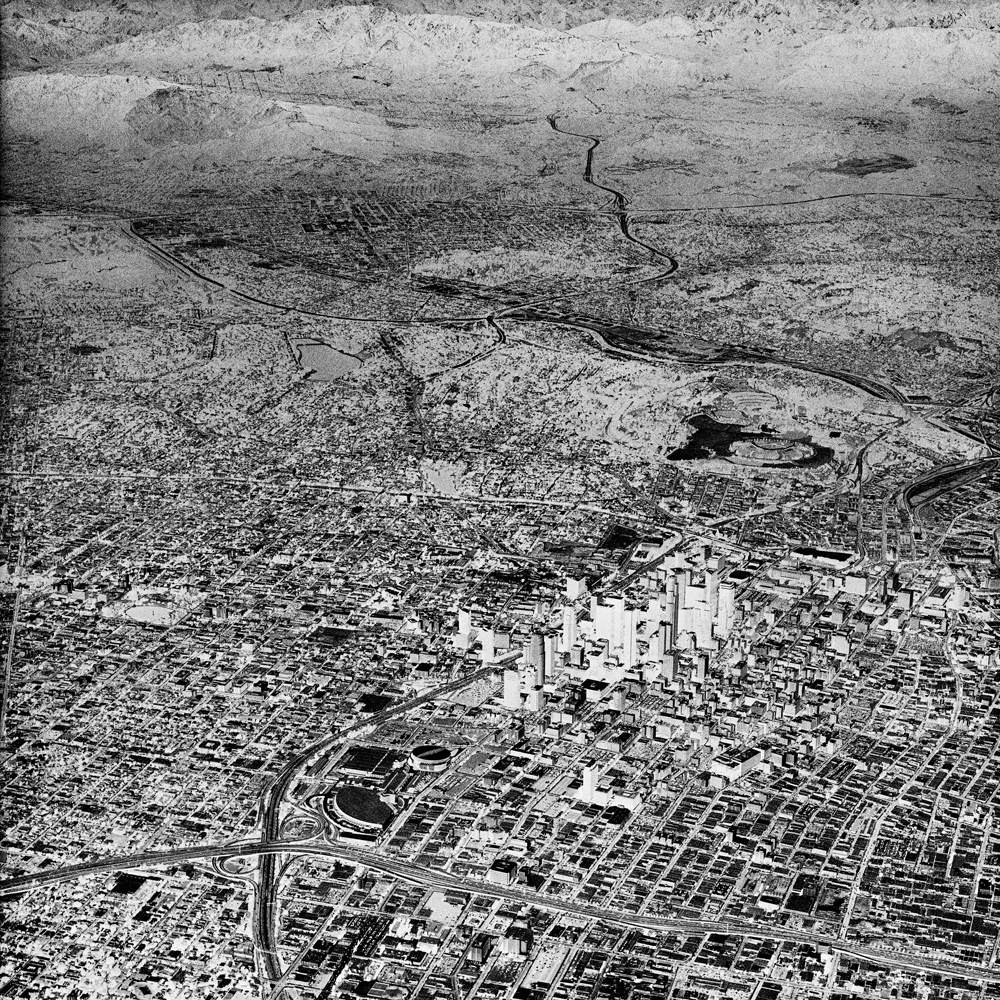

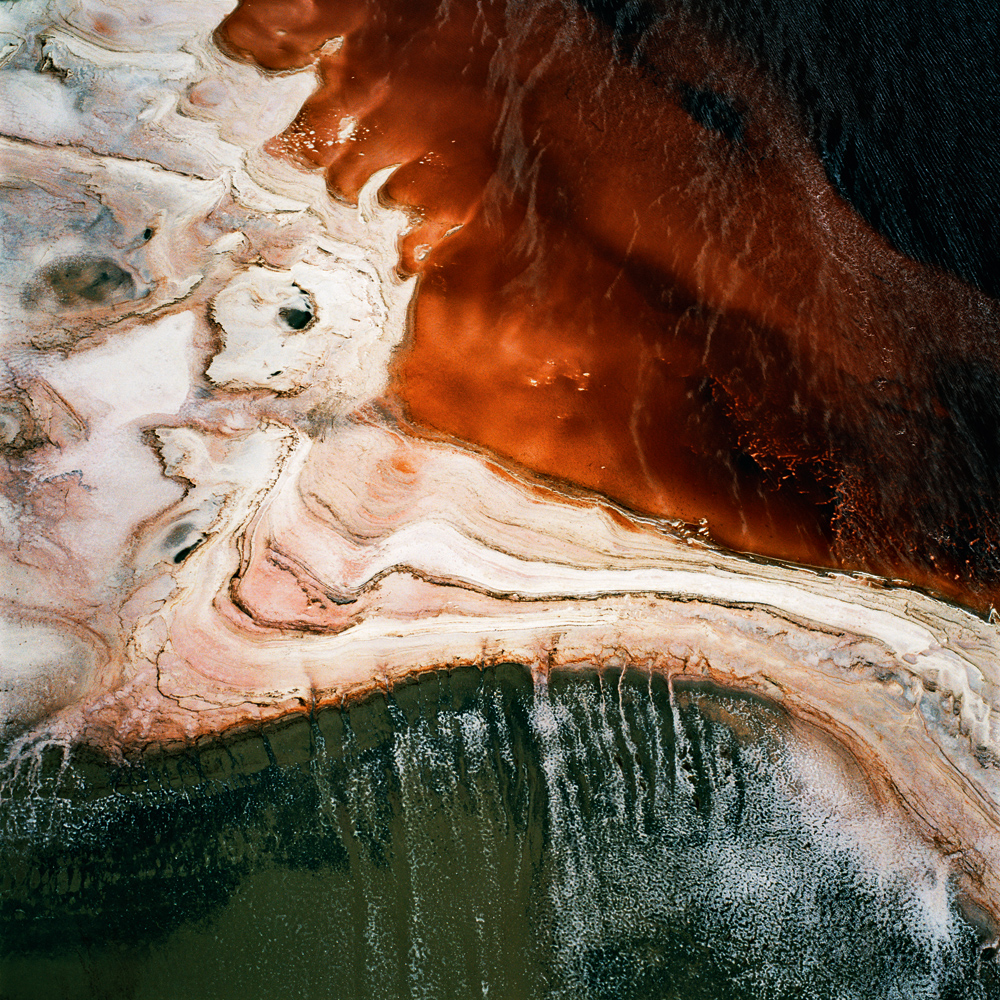
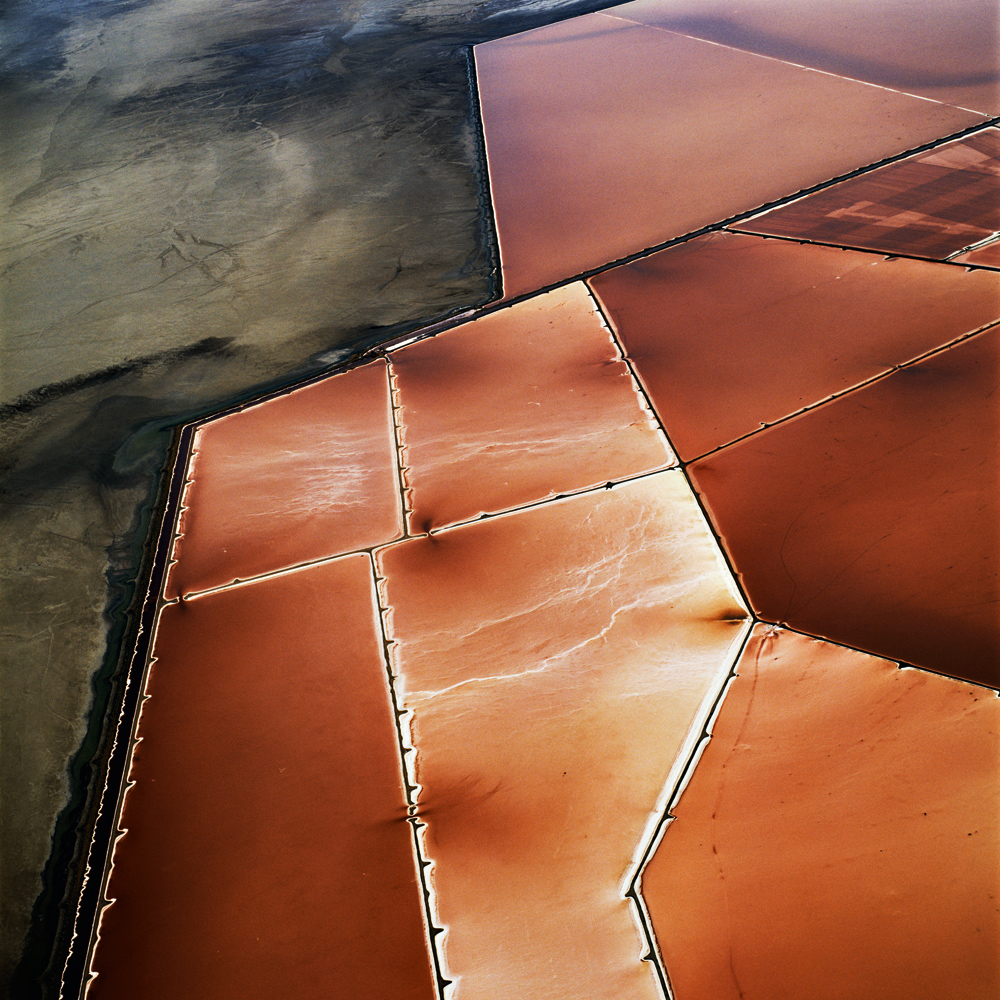



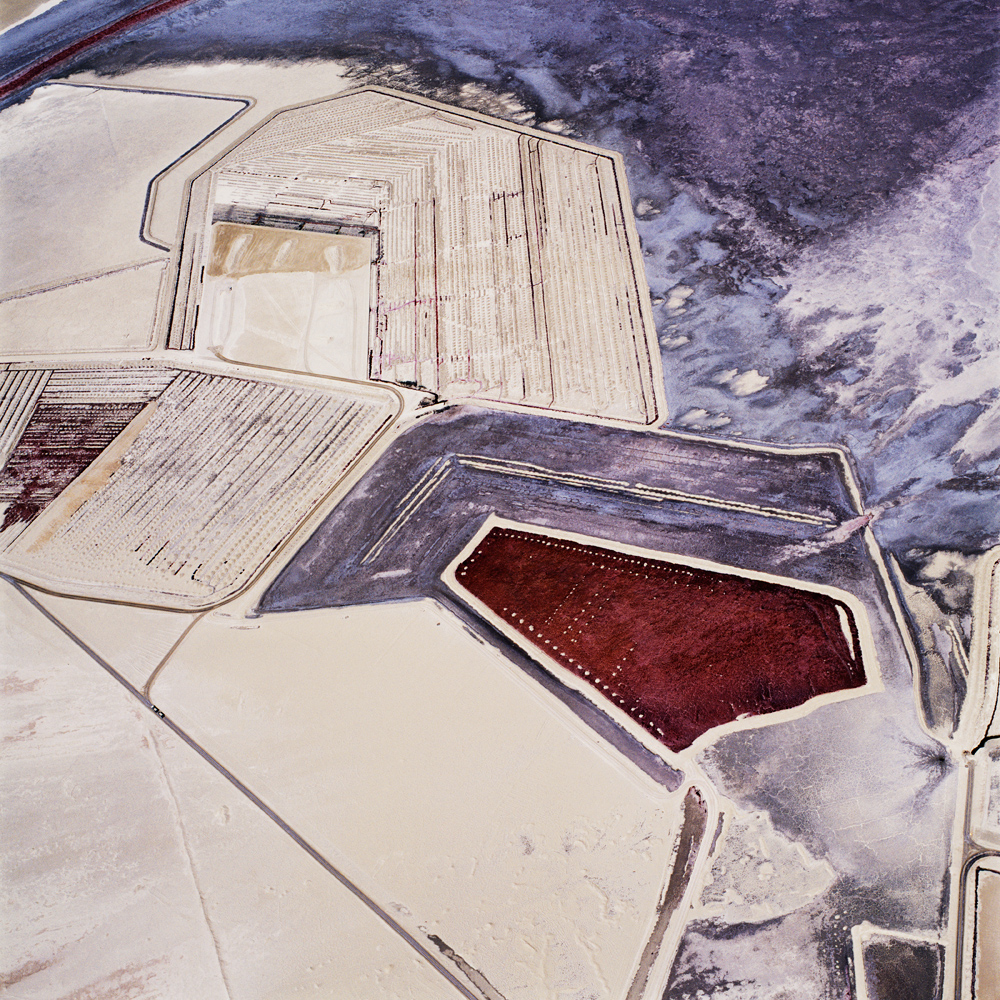

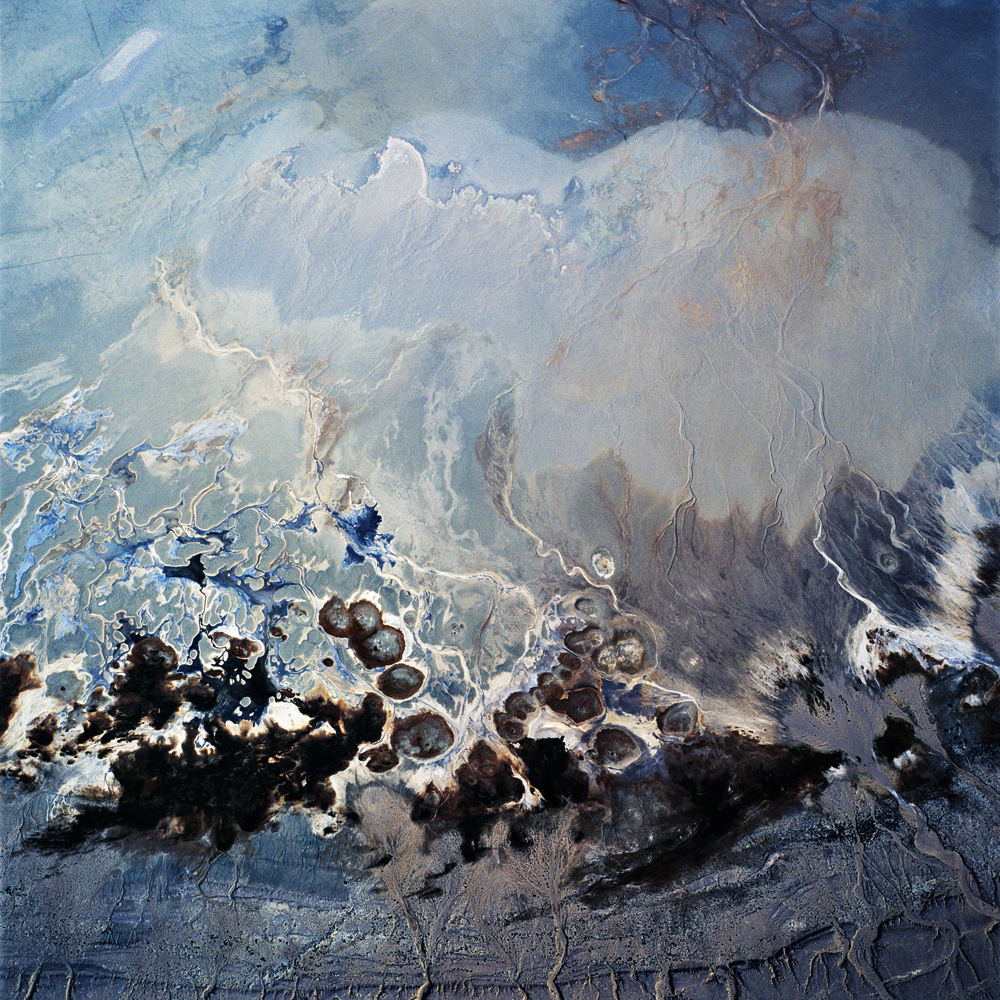
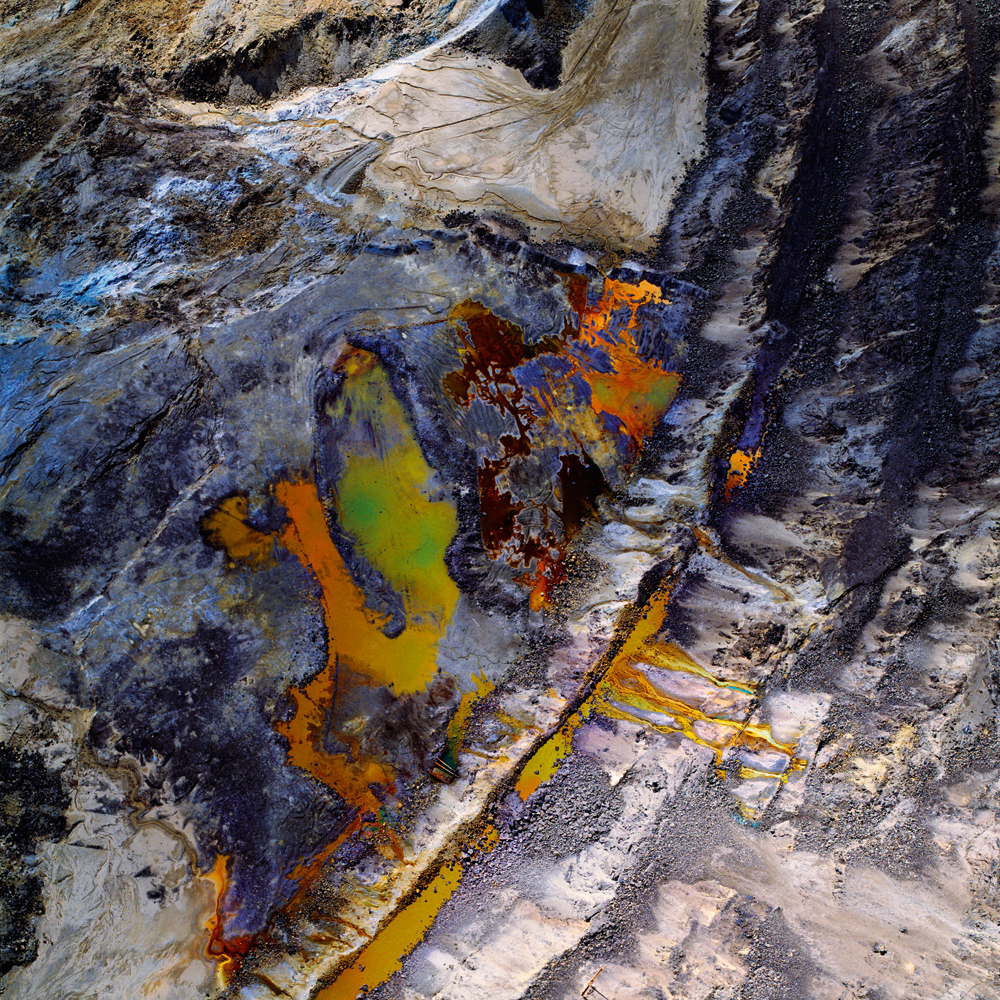

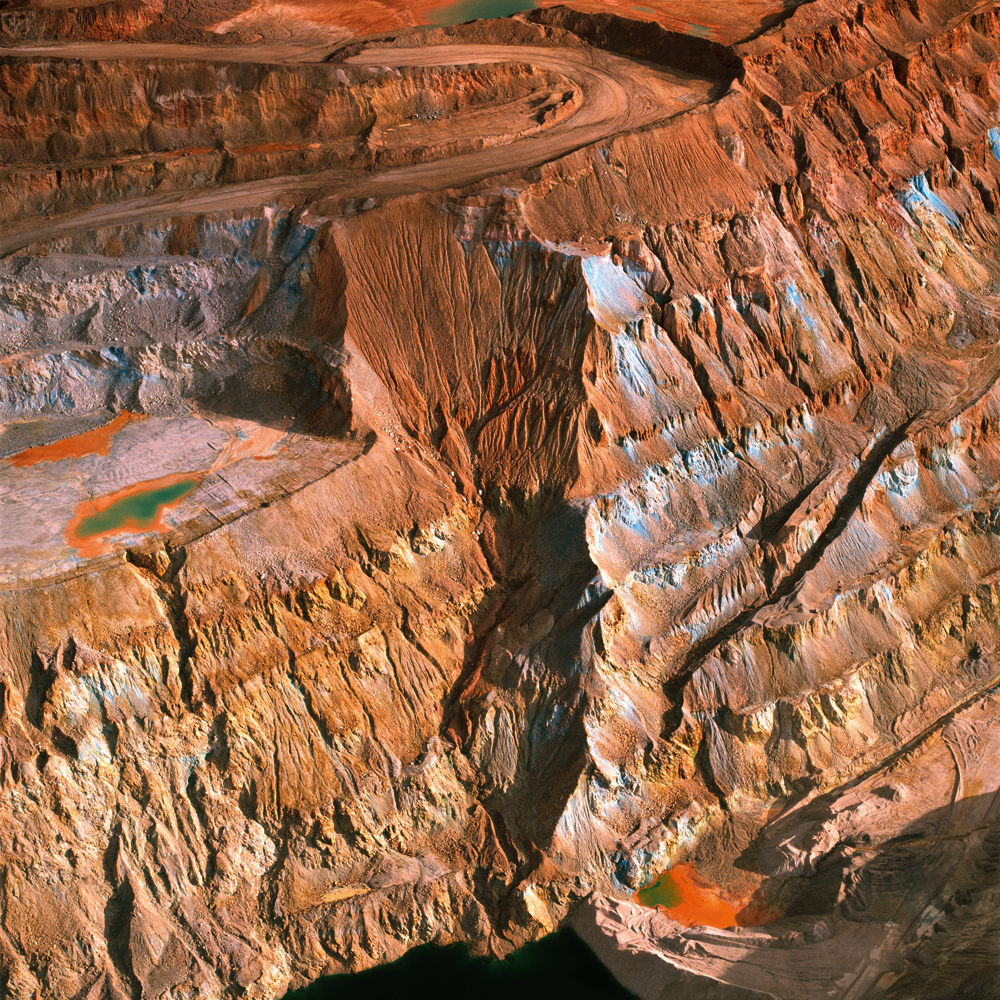
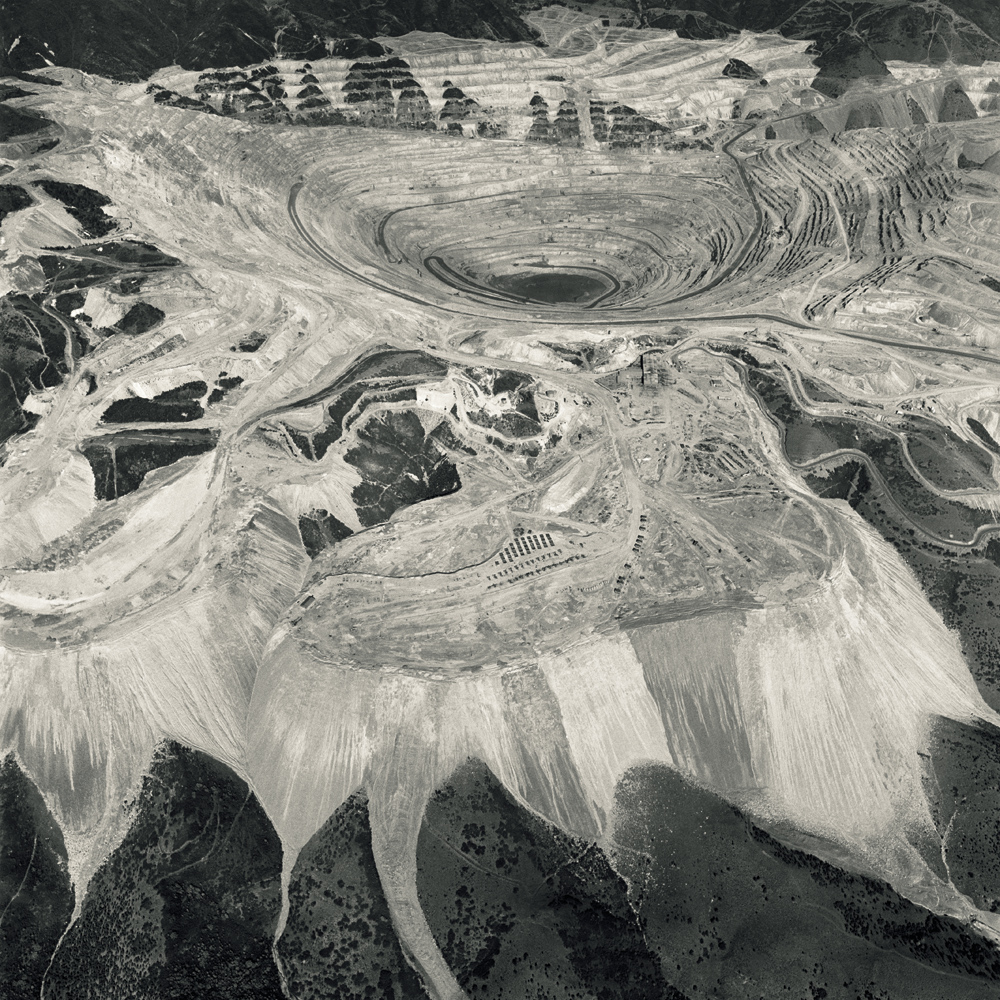

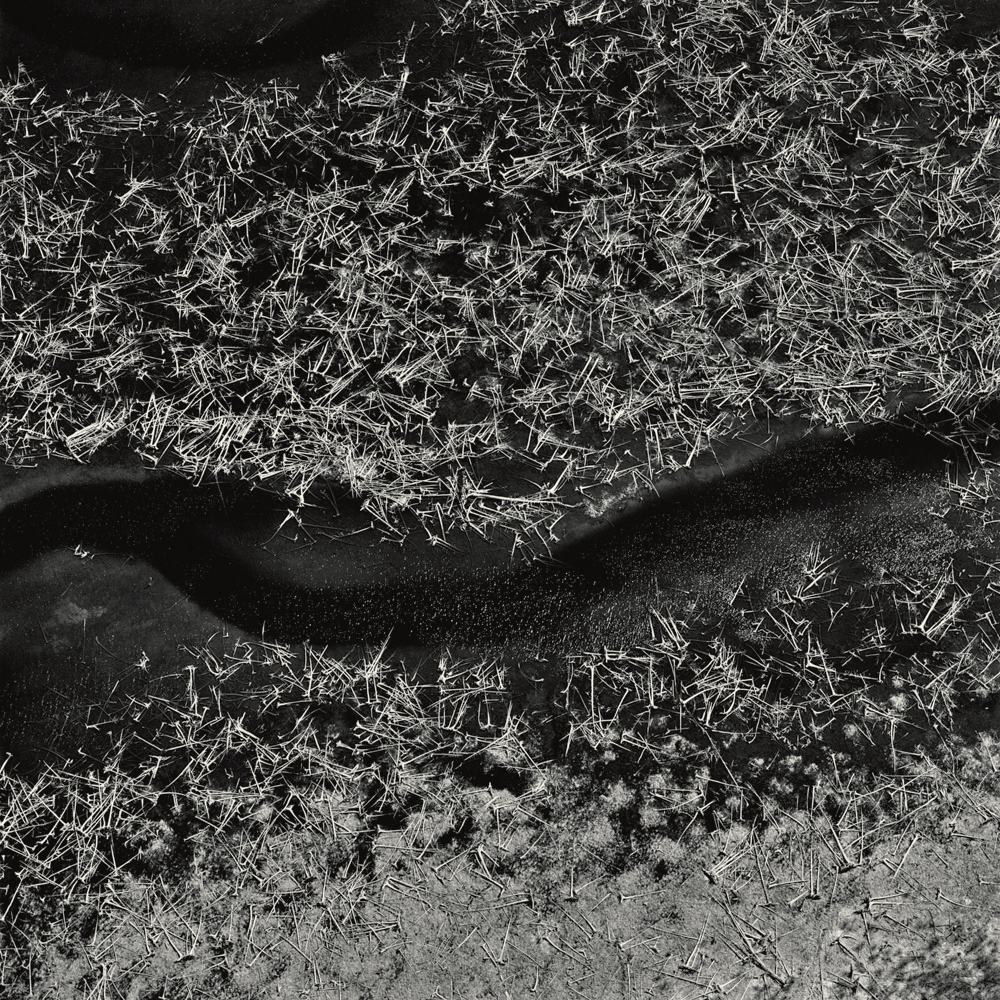

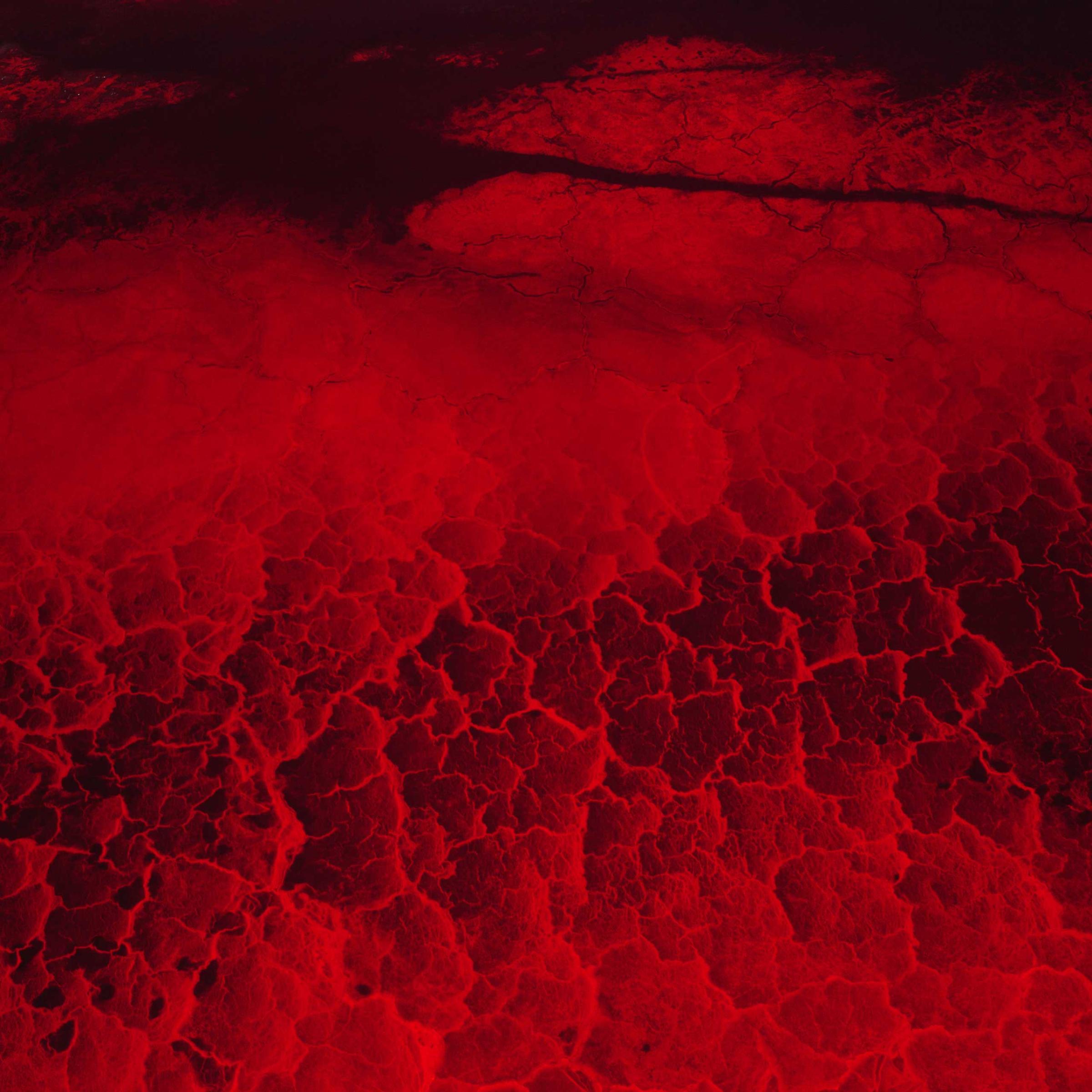


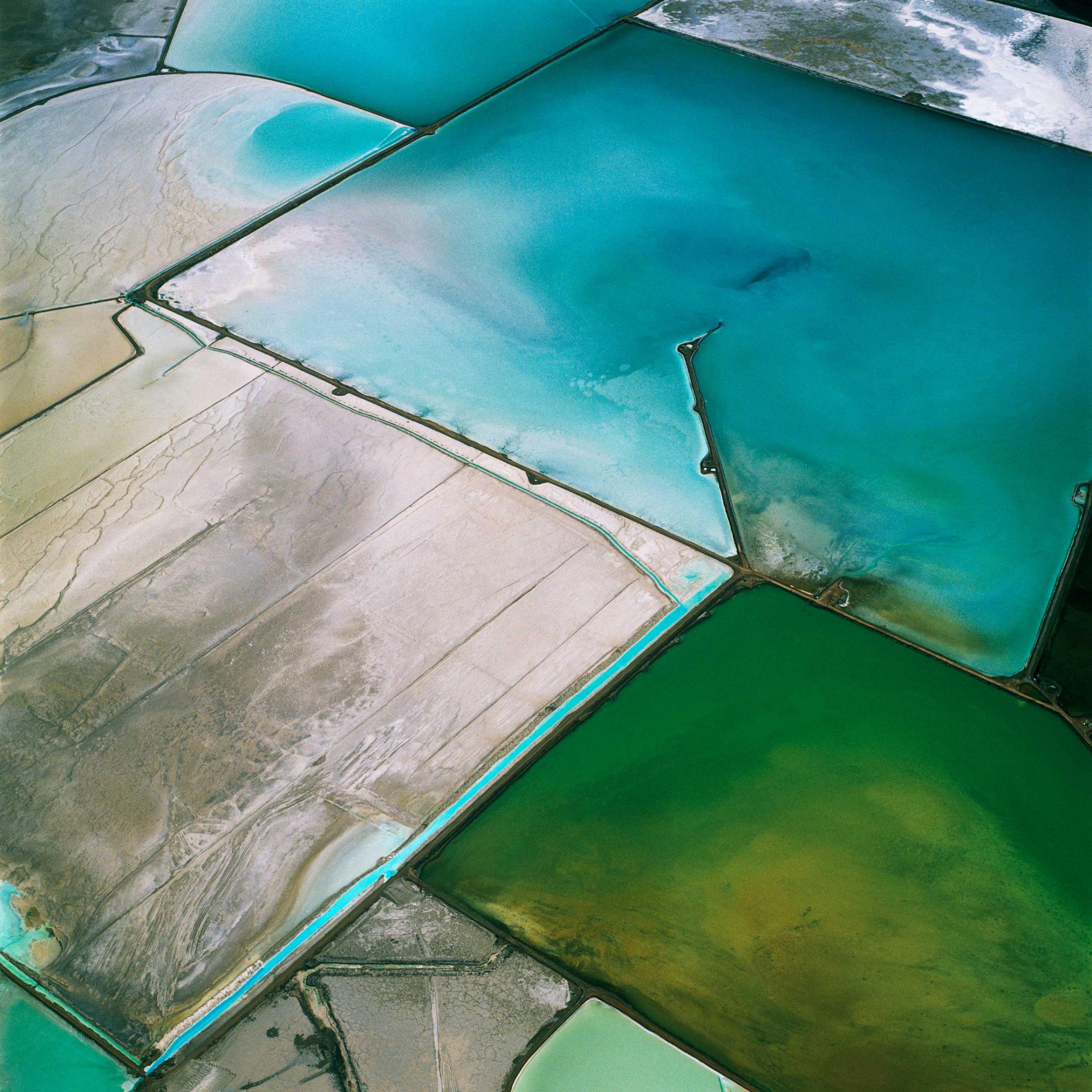

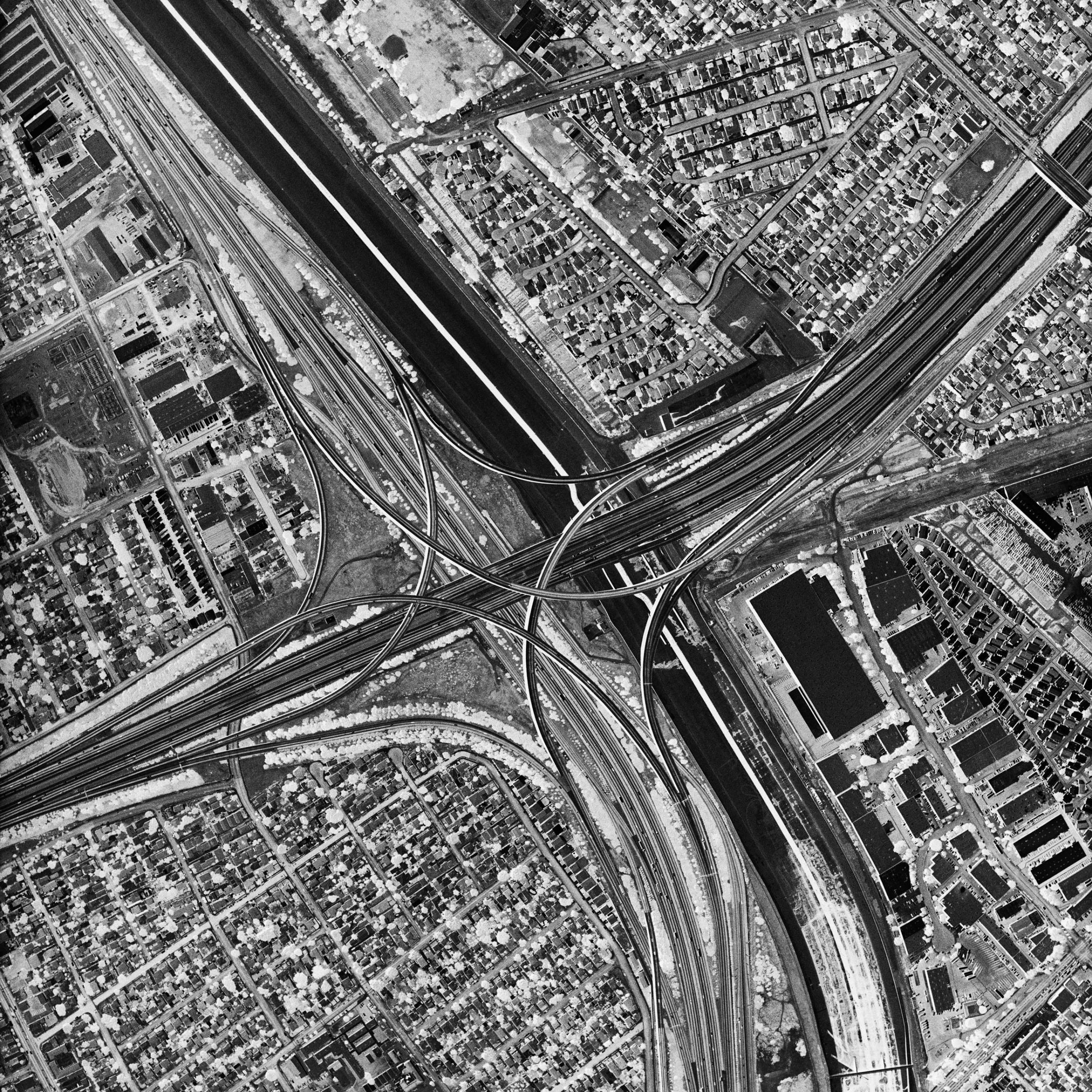
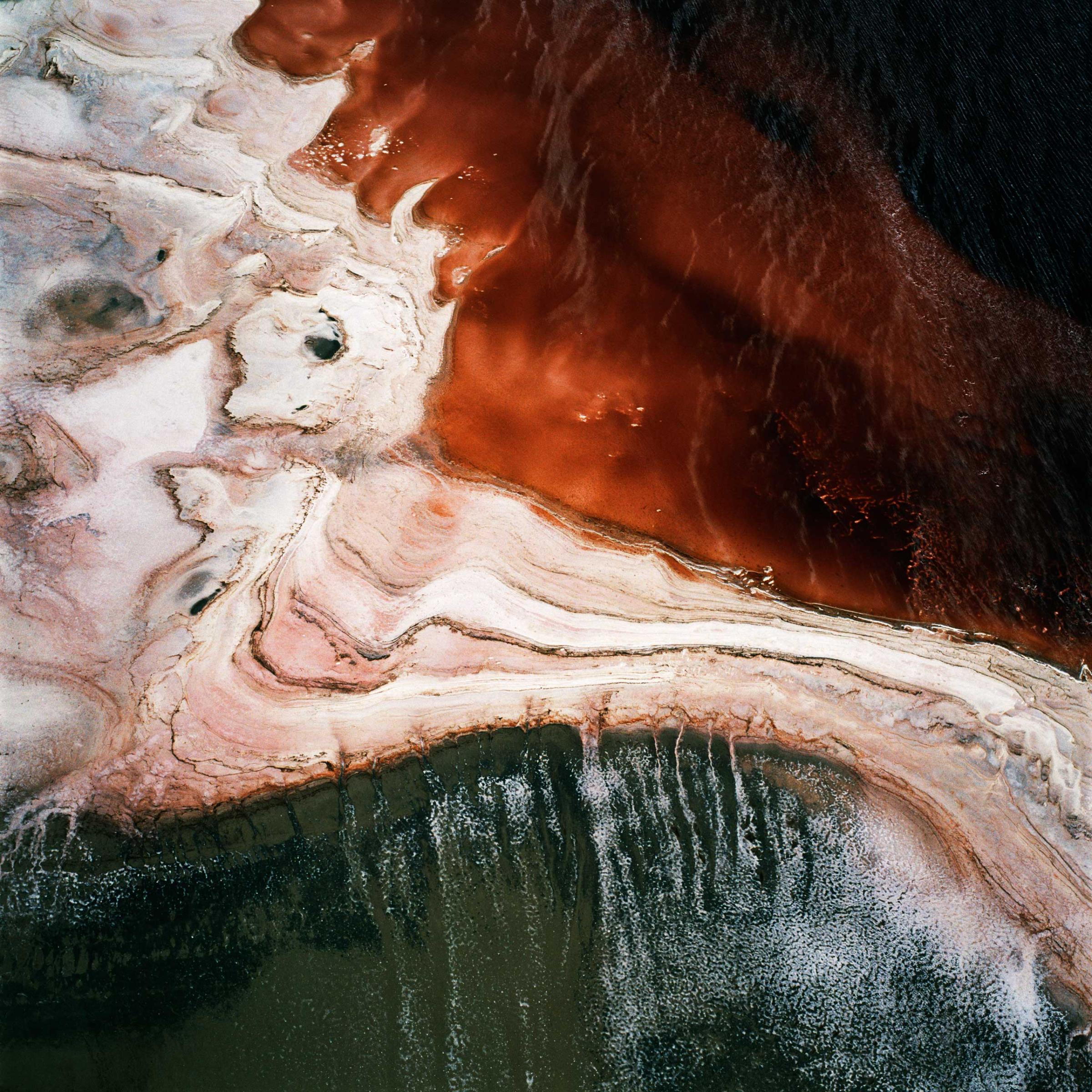

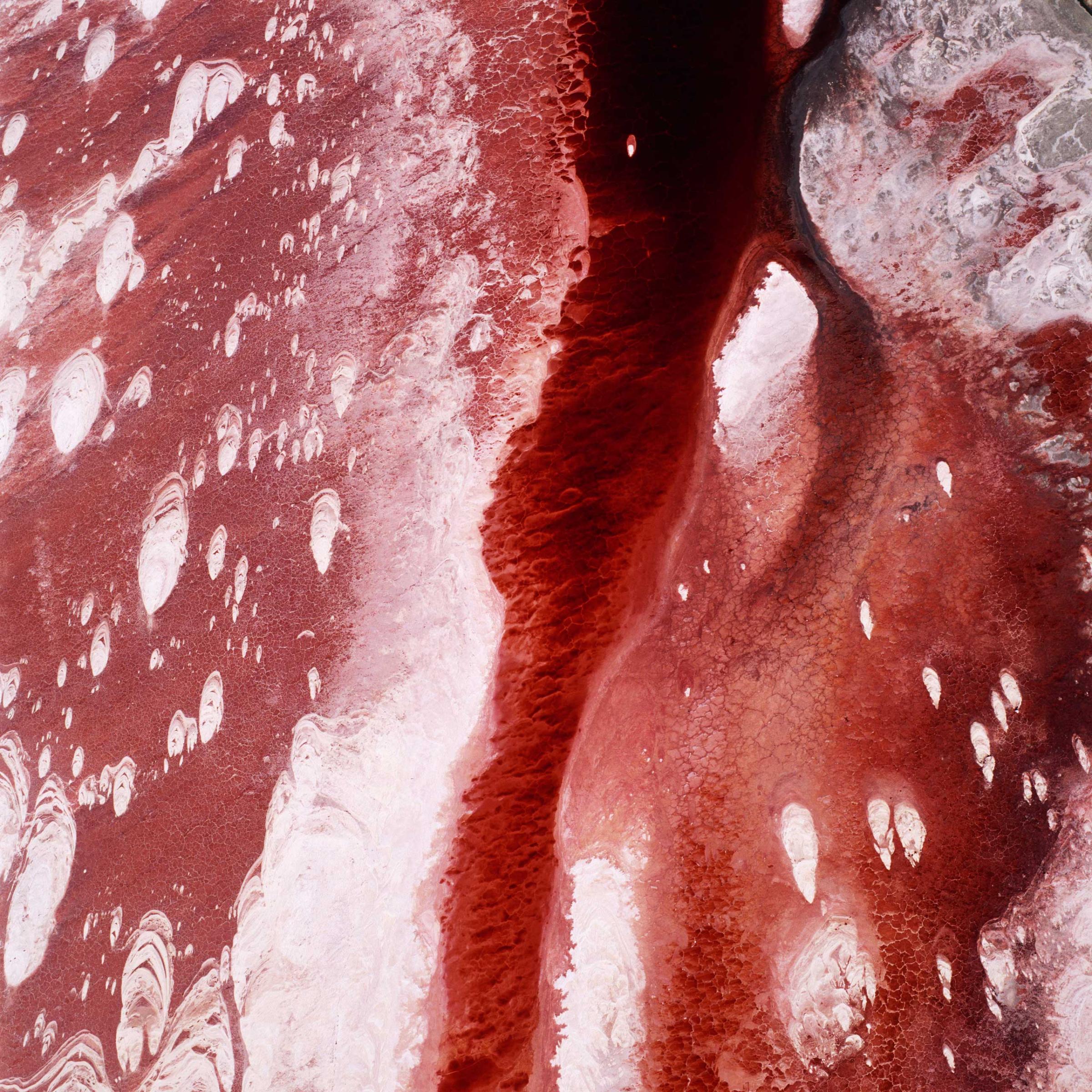
More Must-Reads from TIME
- Donald Trump Is TIME's 2024 Person of the Year
- Why We Chose Trump as Person of the Year
- Is Intermittent Fasting Good or Bad for You?
- The 100 Must-Read Books of 2024
- The 20 Best Christmas TV Episodes
- Column: If Optimism Feels Ridiculous Now, Try Hope
- The Future of Climate Action Is Trade Policy
- Merle Bombardieri Is Helping People Make the Baby Decision
Contact us at letters@time.com